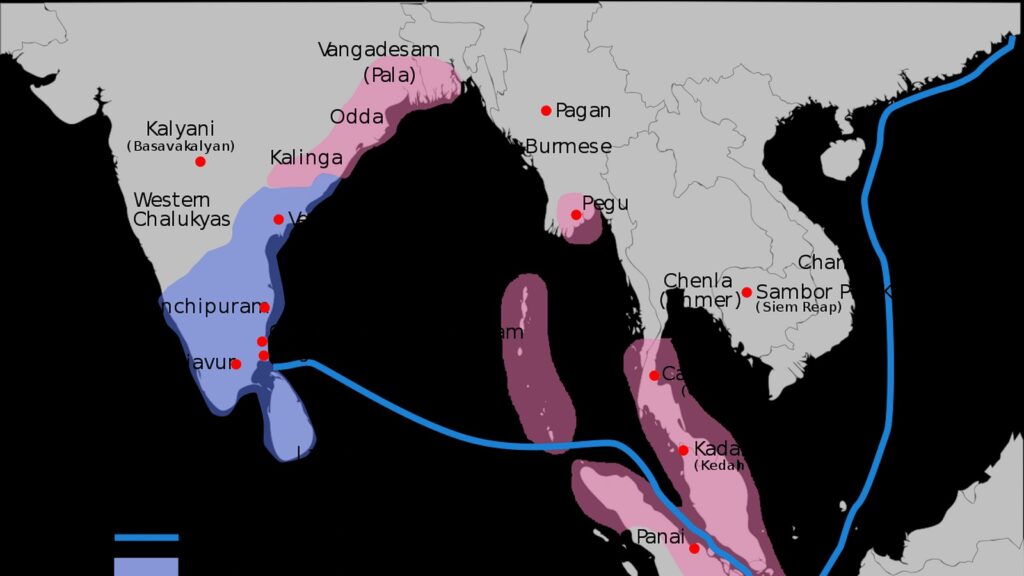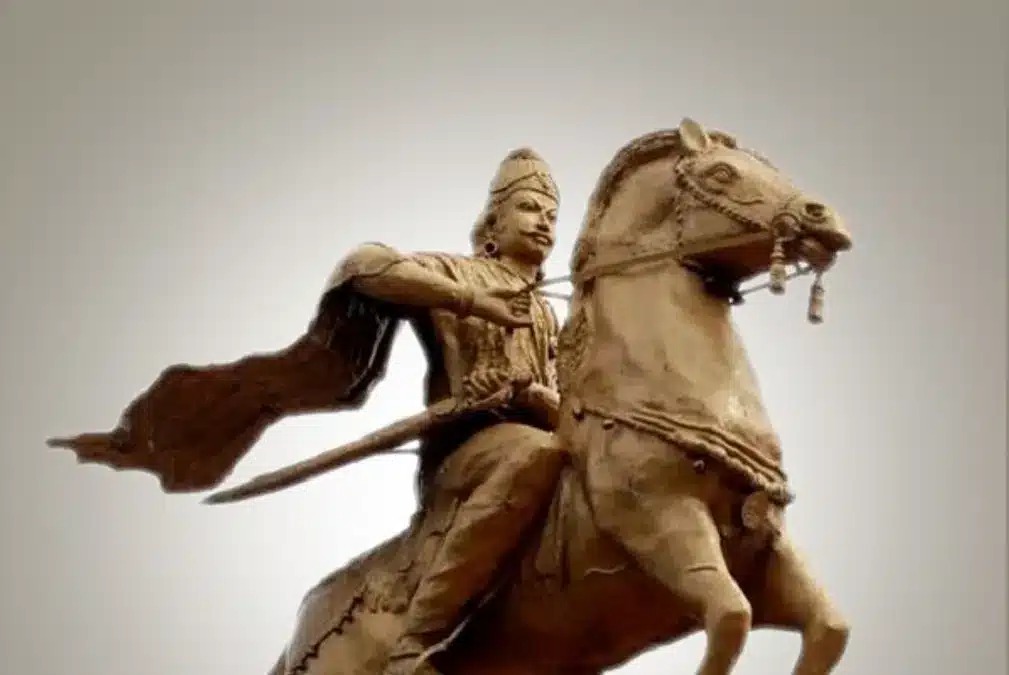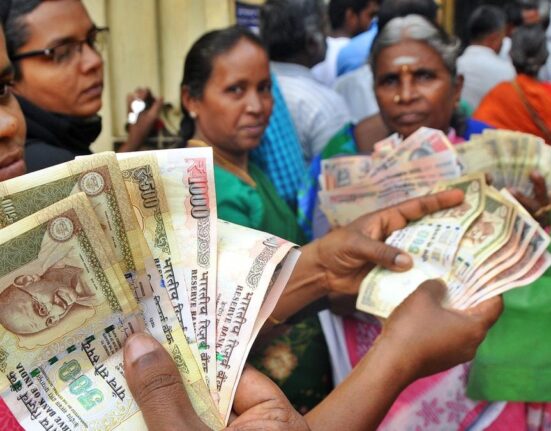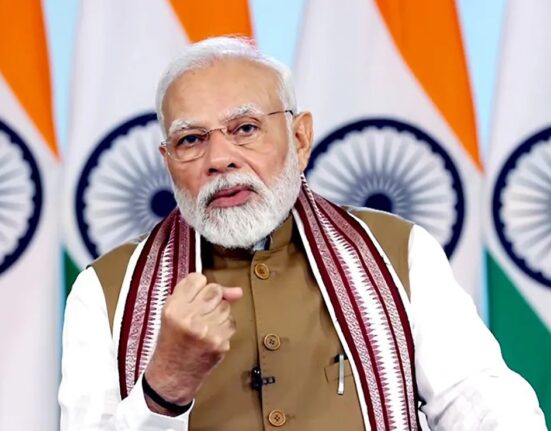परिचय
In the early 11th century, the Chola Empire, under the formidable leadership of Rajendra Chola I, launched a bold and unprecedented naval expedition to Southeast Asia—an episode that altered the balance of maritime power in the region. Taking place around 1025 CE, this military campaign targeted the wealthy and powerful Srivijaya Empire, which controlled much of modern-day Indonesia, Malaysia, and surrounding strategic maritime routes. The Chola incursion stands out not only for its scale and ambition but also for its far-reaching impacts on Indian Ocean commerce, diplomacy, and cultural exchange.

Background: The Cholas and the Maritime World
By the time of Rajendra Chola I, the Cholas had already established themselves as a preeminent maritime and commercial power. Their control over the Coromandel Coast facilitated access to the Bay of Bengal, the Arabian Sea, and points farther east. The Cholas developed advanced shipbuilding technologies and maintained a powerful navy, which, while not “standing” in the modern sense, could be rapidly assembled from trading and transport vessels for long-distance expeditions.
Causes of the Expedition
Several factors precipitated the Chola campaign against Srivijaya:
- Trade Rivalry: Srivijaya controlled the Straits of Malacca and Sunda, crucial choke points on the trade route to China. Its dominance put it in direct competition with Chola merchant guilds and limited access for South Indian traders.
- Diplomatic Tensions: Shifts in alliances aggravated tensions. The Khmer king Suryavarman I, for example, sought Chola military support against rival Southeast Asian kingdoms, further entangling the politics of the region.
- Control Over Commerce: The Cholas sought to break Srivijaya’s monopoly over maritime trade, expand their own commercial reach, and assert their supremacy on the eastern seas.
The Expedition: Strategy and Execution
- Preparation and Fleet Movement: The Chola navy, utilizing both their advanced shipbuilding skills and deep maritime knowledge, sailed directly across the Bay of Bengal instead of traditional routes. They landed at Barus on the west coast of Sumatra—a port friendly to Tamil traders—replenished supplies, and surprised Srivijaya by attacking from the south through the Sunda Strait rather than the heavily defended Straits of Malacca.
- Rapid Attacks: Exploiting monsoon winds for speed, the Chola fleet launched fast, coordinated assaults on a series of Srivijayan ports. Key targets included Palembang (the Srivijaya capital), Kadaram (modern Kedah, Malaysia), Pannai, Tambralinga, and others.
- Siege and Plunder: The Cholas caught Srivijaya completely off-guard. They sacked Palembang, captured the Srivijayan king Sangrama Vijayottunggavarman, and seized treasures including the famed “Vidhyadara Torana” (a jeweled war gate). The campaign was a display of quick, overwhelming force rather than prolonged conquest.
Immediate Consequences
- Weakening of Srivijaya: The Chola victories were devastating for the Srivijayan Empire. Most of its cities were plundered, its king taken prisoner, and its maritime monopoly decisively broken. Srivijaya entered a period of political chaos and gradual decline, losing its status as the unchallenged power of maritime Southeast Asia.
- No Direct Colonization: Unlike other imperial campaigns, the Cholas did not attempt to occupy or directly annex conquered territories. The objectives were to disrupt trade, extract wealth, and demonstrate naval supremacy.
Long-Term Impact and Legacy
- Trade and Power Reconfigured: The defeat of Srivijaya allowed Chola-Indian merchant guilds greater freedom, increasing trade between South India and China, and permitting new commercial actors to emerge in Southeast Asia.
- Cultural Diffusion: The campaign strengthened cultural and economic ties between India and Southeast Asia, enhancing the Indianization of the region’s art, architecture, language, and religion.
- Diplomatic Prestige: The Cholas’ victory raised their international profile. Both Song China and other Southeast Asian kingdoms began to see the Cholas as a major power, initiating new waves of diplomatic missions and trade.
- Maritime Strategy: The campaign showcased the power of rapid, flexible naval deployment—using trading networks and seasonal winds for military advantage. It inspired later South and Southeast Asian polities to consider maritime strength as a pillar of statecraft.
Interesting Facts
- The invasion is remembered as the only large-scale, long-distance naval attack launched from pre-modern South Asia—a logistical and tactical marvel for its time.
- Remnants of Hindu temples atop Kedah Peak (Malaysia) and across former Srivijayan territory highlight the cultural exchanges fostered, directly or indirectly, by Chola expansion.
- Inscriptions at Thanjavur record the details of Rajendra Chola’s achievements, including the capture of Srivijaya’s king and the list of raided port cities, marking the event as a high point in Chola history.
- The Chola campaign is commemorated by the Indian Navy, having named a training ship TS Rajendra in honor of the emperor.

निष्कर्ष
The Chola naval expedition to Southeast Asia around 1025 CE stands as a landmark in Indian and world maritime history. It demonstrated the reach and ambition of early medieval South Indian power, disrupted centuries of regional dominance by Srivijaya, and reshaped the geopolitics and commerce of the Indian Ocean region. The echoes of this extraordinary campaign can still be seen in the enduring cultural and economic bonds between India and Southeast Asia today.








इस बारे में प्रतिक्रिया दें